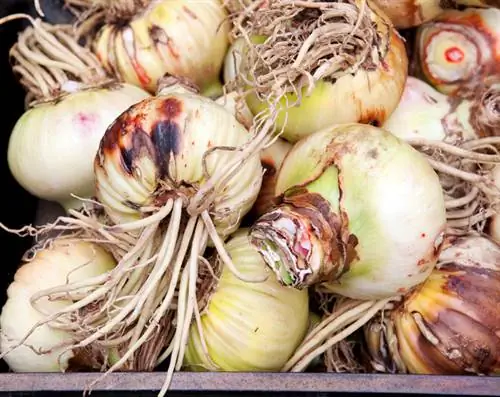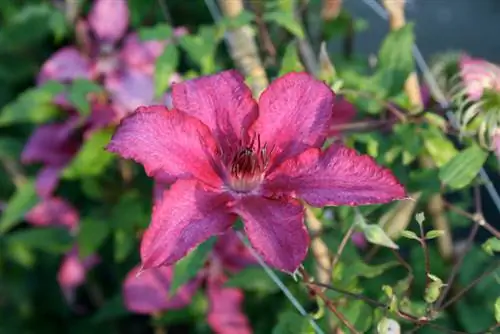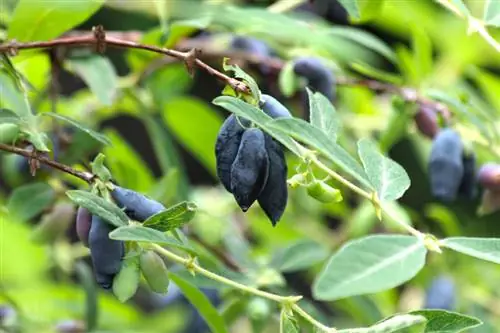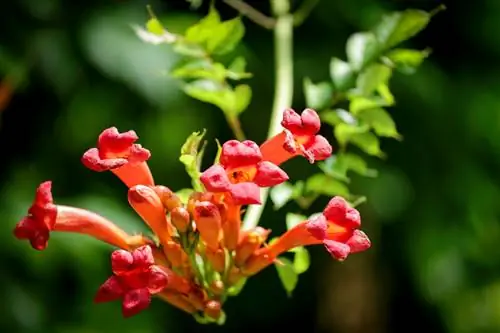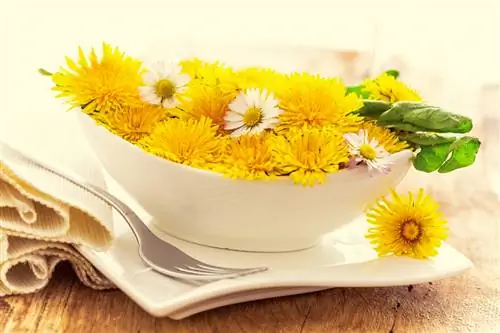- Author admin [email protected].
- Public 2023-12-16 16:46.
- Last modified 2025-01-23 11:20.
When hobby gardeners talk about an amaryllis, it is usually a knight's star. The popular, winter-flowering houseplant is also a member of the amaryllis family, but botanists assign it to the genus Hippeastrum. There is less ambiguity about the poison content of the onion flower.

Is the amaryllis poisonous?
Amaryllis, also known as knight's star, is a highly poisonous houseplant. The alkaloid lycorine can cause severe symptoms of poisoning such as nausea, vomiting, sweating, cardiac arrhythmias and even paralysis when consumed or in contact with the skin. Particular caution is required in households with children and pets.
Toxic in lethal dimensions
The Knight's Star is certainly not a plant for half measures. This applies to its unique blooms in the middle of winter as well as its special care requirements. It is therefore hardly surprising that the onion flower has an exorbitant toxic content. The alkaloid lycorine in particular causes these symptoms of poisoning:
- Violent nausea followed by vomiting
- Severe sweats
- Drowsiness up to cardiac arrhythmias and paralysis
The concentration of poison in an onion is so high that eating just a few grams can have fatal consequences. This applies to both people and pets, especially cats and dogs. A knight's star therefore has no place in a family household.
Please avoid skin contact
The toxins in an amaryllis have fatal effects not only as a result of oral ingestion. If your skin comes into contact with the plant sap, there is a risk of extremely unpleasant irritation, swelling and inflammation. Please wear protective gloves when carrying out all planting and care work (€9.00 on Amazon).
Dispose of clippings carefully
The key care measures for Ritterstern include regular cutting. Please only dispose of the withered flowers and leaves in the compost if no animals can eat them.
Tip
At first glance, the mighty amaryllis bulb with its brown skin certainly resembles a vegetable onion. Store a knight's star in the dark cellar during its autumn rest period so that it cannot be confused with onions.

